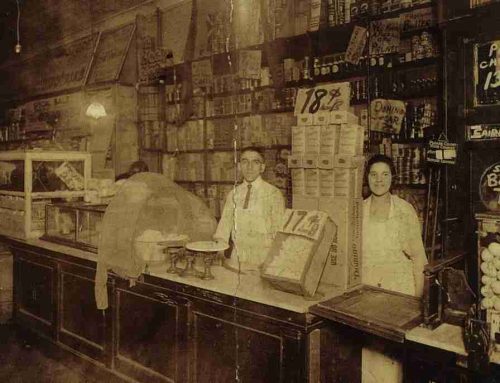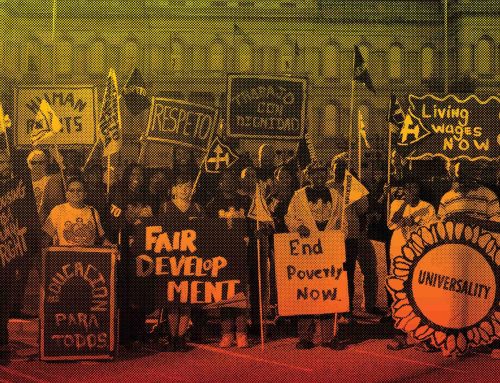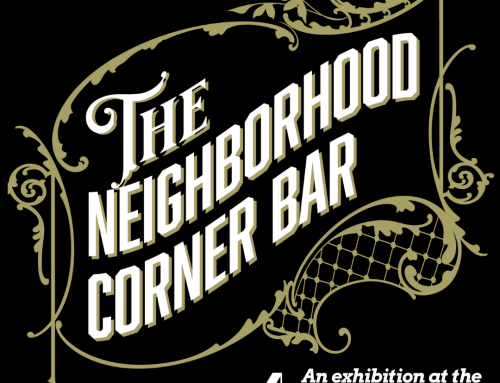The way we dress for work can offer clues about what we do for a living, where we are employed, and even our professional rank. In some cases, work clothes help tell a story about the nature of working life.
Through the twentieth century, women’s role in the workforce expanded dramatically thanks to a rising economy, two world wars, new technologies, and vast social change. Clothing worn and made by Baltimore women mirrored the changing status of women in the workforce. Early on, women were expected to wear dresses regardless of the rigors of the job. During WWII, female factory workers began dressing like their male co-workers. Pants eventually gained acceptance socially and at work as fashion trends responded to women’s needs. “Power suits” materialized in the 1980s as more women entered management. One thing didn’t change: as women made strides at work, they needed clothes that helped them get the job done.
The garment loft window’s display of women work uniforms is curated by museum volunteer Debbie Farthing.

Learn about the BMI’s Garment Loft and Baltimore’s garment industry
The Garment Loft
Garment Sweatshops
London Fog


